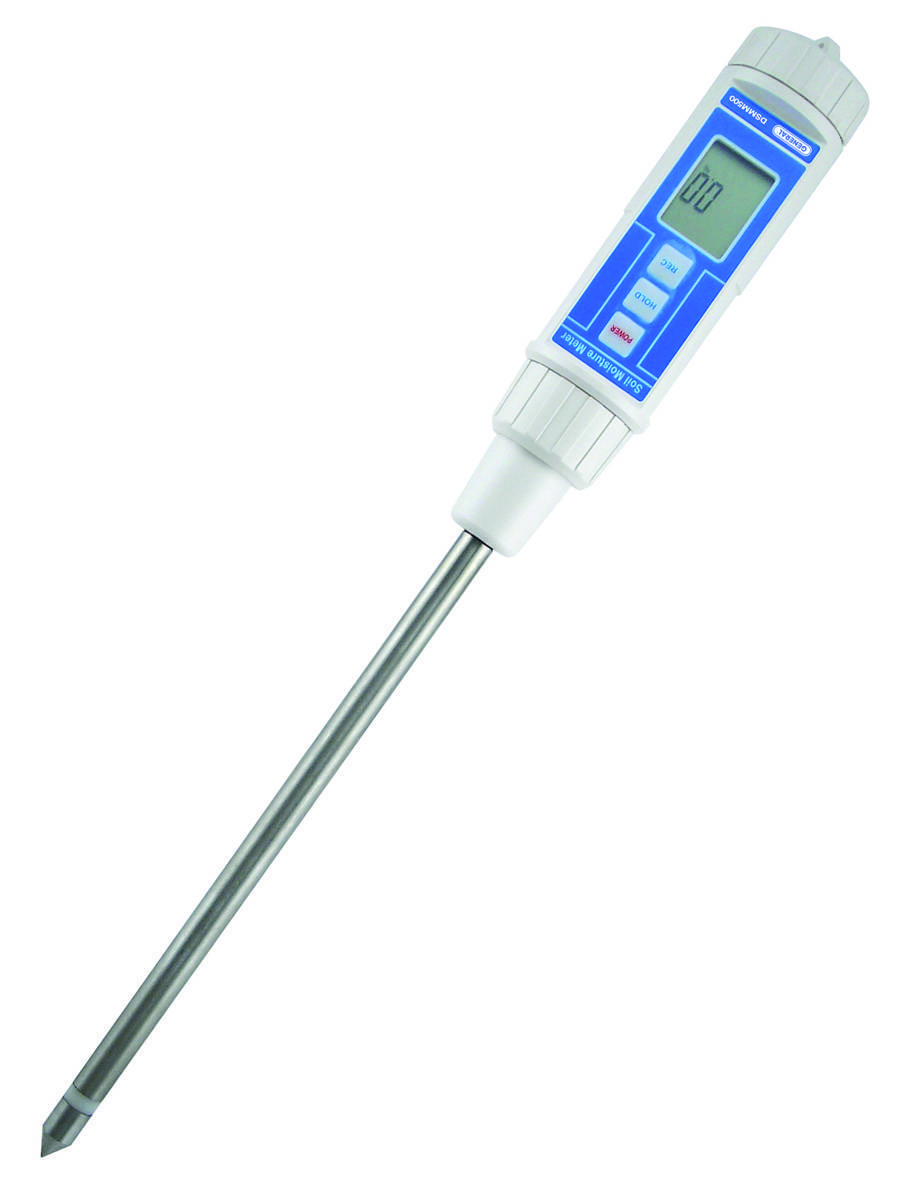Understanding the Different Types of Moisture Meters and Their Applications
Understanding the Different Types of Moisture Meters and Their Applications
Blog Article
Comprehending the Value of a Moisture Meter in Avoiding Mold and Water Damages in your house
In the realm of home maintenance, the existence of wetness can frequently be a silent yet powerful enemy, capable of creating pervasive mold and mildew development and perilous water damage if left untreated. Amidst the serene atmosphere of a house, hidden moisture concerns can brew under the surface area, posturing a threat to both residential or commercial property and health. Furnished with the right tools and knowledge, homeowners can proactively combat these potential dangers. Understanding the value of a moisture meter in this fight is not simply a choice however a strategic necessity.
Value of Moisture Discovery
Effective wetness detection techniques are important for safeguarding residential or commercial properties and protecting against potential mold development and water damages. Wetness can leak into various building products, bring about structural problems and carcinogen. By utilizing a wetness meter, home proprietors can proactively determine areas prone to excess moisture, allowing for prompt intervention and mitigation methods.
Moisture meters give accurate analyses of dampness degrees in different materials such as drywall, concrete, and timber. This information helps in determining locations of issue, even in surprise or hard-to-reach places. Early discovery of dampness buildup allows punctual fixings or modifications to protect against additional damage.

Just How Moisture Meters Job
Dampness meters play a critical role in the proactive recognition of excess wetness, assisting in the avoidance of prospective mold development and water damages by providing exact readings of wetness levels in numerous building materials. These devices work based upon different principles, depending upon their type. Moisture Meter. Pin-type moisture meters, for example, have 2 pins that penetrate the product to measure the electrical resistance between them. When moisture is present, it enhances the material's conductivity, leading to a lower resistance analysis. Pinless moisture meters, on the various other hand, usage electromagnetic sensing units to scan the product without triggering damage. These sensors discharge electro-magnetic signals that pass through the product and determine the dielectric homes, suggesting moisture material. Some advanced dampness meters pin both integrate and pinless modern technologies for detailed moisture discovery. Recognizing exactly how moisture meters function is crucial for accurate and prompt moisture degree analyses, enabling efficient safety nets versus mold and mildew and water damages.
Finding Early Indication
Upon preliminary examination of a property, recognizing refined signs of excess dampness becomes essential in the very early detection of prospective mold and mildew development and water damage. Water stains can signify leaks or infiltration, while peeling off paint or wallpaper might be an outcome of dampness compromising the attachment of these products to the surface area. In addition, an increase in allergic reaction signs or respiratory system problems among passengers may suggest the presence of mold due to excess wetness.
Protecting Against Mold And Mildew Growth
Identifying very early warning indicators of excess moisture within a building not just enables punctual detection of prospective mold growth and water damage yet also serves as a positive procedure in stopping the proliferation of mold and mildew. To successfully avoid mold and mildew development, it is important to resolve any type of sources of dampness quickly.
Keeping track of dampness degrees in areas vulnerable to dampness, such as cellars and crawl spaces, using a wetness meter can likewise assist in very early detection of elevated moisture degrees and prospective mold go to the website and mildew development - Moisture Meter. By taking positive procedures to avoid excess dampness and mold development, home owners can protect their residential or commercial property and interior air top quality.
Benefits of Normal Monitoring
Normal monitoring of wetness degrees in a building can play a critical role in preserving a healthy and balanced indoor atmosphere and stopping potential mold and water damage. By frequently examining wetness degrees, property owners can identify any type of problems quickly and take required activities to avoid mold and mildew development and water damages. One of the essential advantages of routine tracking is early detection. By determining and resolving high wetness degrees at an go right here early stage, property owners can interfere prior to mold has the possibility to develop and spread out. This positive strategy can conserve both time and cash over time by avoiding extensive mold and mildew removal and repair work prices.
In addition, regular tracking permits home owners to track patterns and fads in moisture degrees over time. Eventually, the constant surveillance of wetness degrees empowers home owners to shield their property, guard their health and wellness, and preserve the integrity of their indoor environment.

Verdict

By utilizing a wetness meter, property proprietors can proactively recognize locations vulnerable to excess dampness, enabling for timely intervention and mitigation approaches.

Monitoring wetness degrees in areas vulnerable to wetness, such as basements and crawl areas, utilizing a moisture meter can also aid in very early discovery of elevated moisture degrees and prospective mold and mildew development. (Moisture Meter)
Report this page